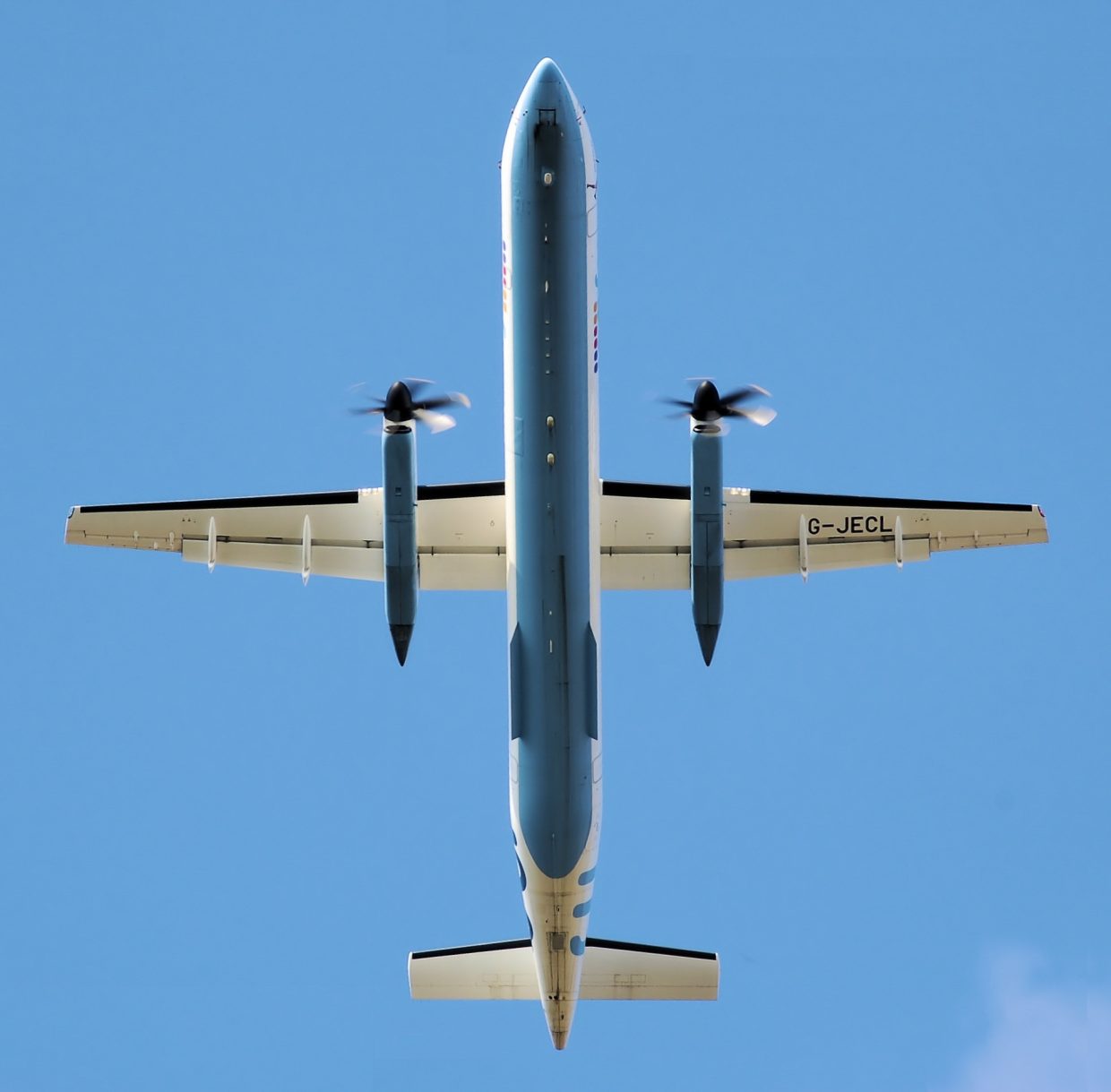On the multi-fidelity approach in surrogate based Multidisciplinary Design Optimisation of High Aspect Ratio Wing aircraft
The Aeronautical Journal January 2023 Vol 127 No 1307
The work described in this paper is part of the outcome of the MIDAS project, funded by the Natural Sciences and Engineering Research Council (NSERC) of Canada, which intends to optimise novel transport aircraft configurations where drag reduction is assumed as resultant of High Aspect Ratio Wings (HARW).
In order to minimise the structural weight penalty there is an increase in flexibility of the more slender wings that magnifies the aeroelastic effects, both static and dynamic. These in turn may jeopardise the aircraft performance in terms of fuel consumption or reduced stability margins, namely the flutter margin. Coupled structural and aerodynamic analysis is then required to assess the outcome of such flexibility.
On the other hand, being able to evaluate drag with sufficient accuracy to allow comparisons between configurations in a scenario where benefits are possibly lower than 10% requires higher fidelity aerodynamic analysis.
Therefore, a Multidisciplinary Design Optimisation (MDO) procedure to optimise HARW aircraft configurations will tend to be computationally intensive and require either a significant amount of time or resources.

The paper describes an assessment of the differences between higher fidelity (HF) and lower fidelity (LF) CFD analysis results in the context of a surrogate based MDO that relies on fluid-structure interaction (FSI) analysis to evaluate the operational and manufacturing costs (fuel consumption and structural mass), the structural constraints (stress) and an aeroelastic stability margin constraint. This assessment is used to identify which evaluations allow resorting only to LF CFD and how likely some of the constraints are to be active near the optimum, ultimately leading to computational savings.
One novelty in this paper is the quantification of such differences. It is shown that although deformation and its effects are not negligible for the quantification of drag, the use of LF CFD for the FSI analysis followed by one HF CFD FSI iteration suffices to determine cruise drag within a 1% difference relative to a fully converged HF CFD FSI run. Being driven mainly by the lift distribution, the LF CFD method used (Panel Method with compressibility correction) proved to be sufficiently accurate to provide the wing’s deformed shape after a FSI run. Furthermore, it was verified that the high load factor stress calculations using LF CFD FSI is not conservative, requiring at least one HF CFD FSI run to conservatively predict stress when compared to a converged HF CFD FSI run.
Another novelty in this work is the optimisation result, which shows that fuel consumption improvements (-4.5%) can be attained at a relatively low increase in structural mass (2.7%) and a more significant increase in AR (16.8%), all relative to the baseline aircraft. We believe that this result is close to what is possible to achieve under the working assumptions, in terms of benefits from increasing AR in a cantilevered wing.
Finally, the flutter margin evaluation performed here also provides some insight on what to expect during the optimisation of HARW. Although the flutter margin is reduced with the increased deformation, the configurations showing potential benefits still have significantly larger flutter margins than required and introducing a flutter margin constraint in the MDO procedure is probably a waste of computational effort.
On the multi-fidelity approach in surrogate based Multidisciplinary Design Optimisation of High Aspect Ratio Wing aircraft, Lobo do Vale, J., Sohst, M., Crawford, C., Suleman, A., Potter, G., & Banerjee, S. (2023) is an open access article.
This research paper appears in Volume 127 – Issue 1307 – January 2023 of The Aeronautical Journal.
The Royal Aeronautical Society is the world’s only professional body dedicated to the entire aerospace community. Established in 1866 to further the art, science and engineering of aeronautics, the Society has been at the forefront of developments ever since.
www.aerosociety.com | National Aerospace Library catalogue & e-books
Book reviews covering academic, scientific and technical books covering aeronautical engineering and topics relating to it can be found here. www.aerosociety.com/news-expertise/national-aerospace-library/book-reviews






